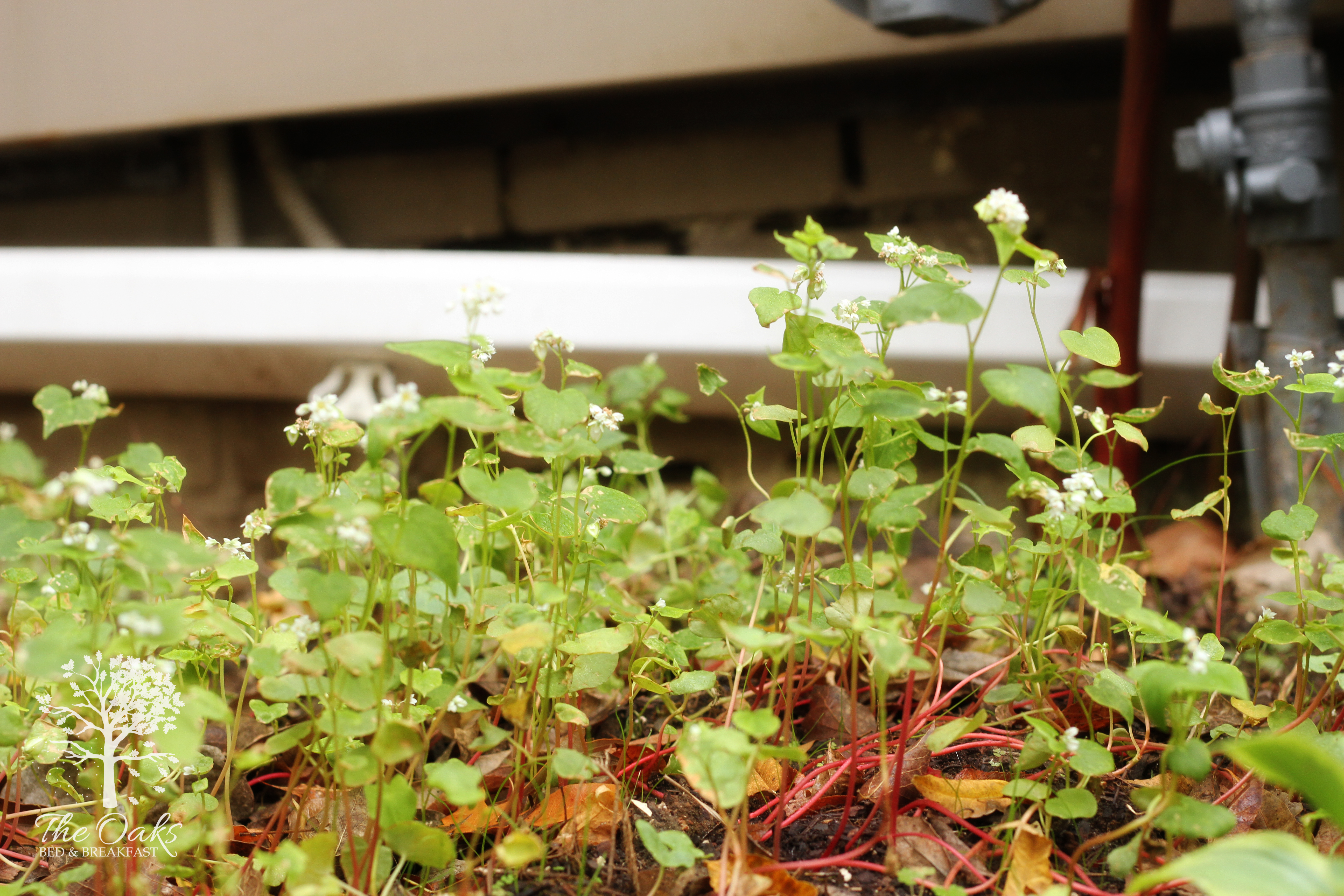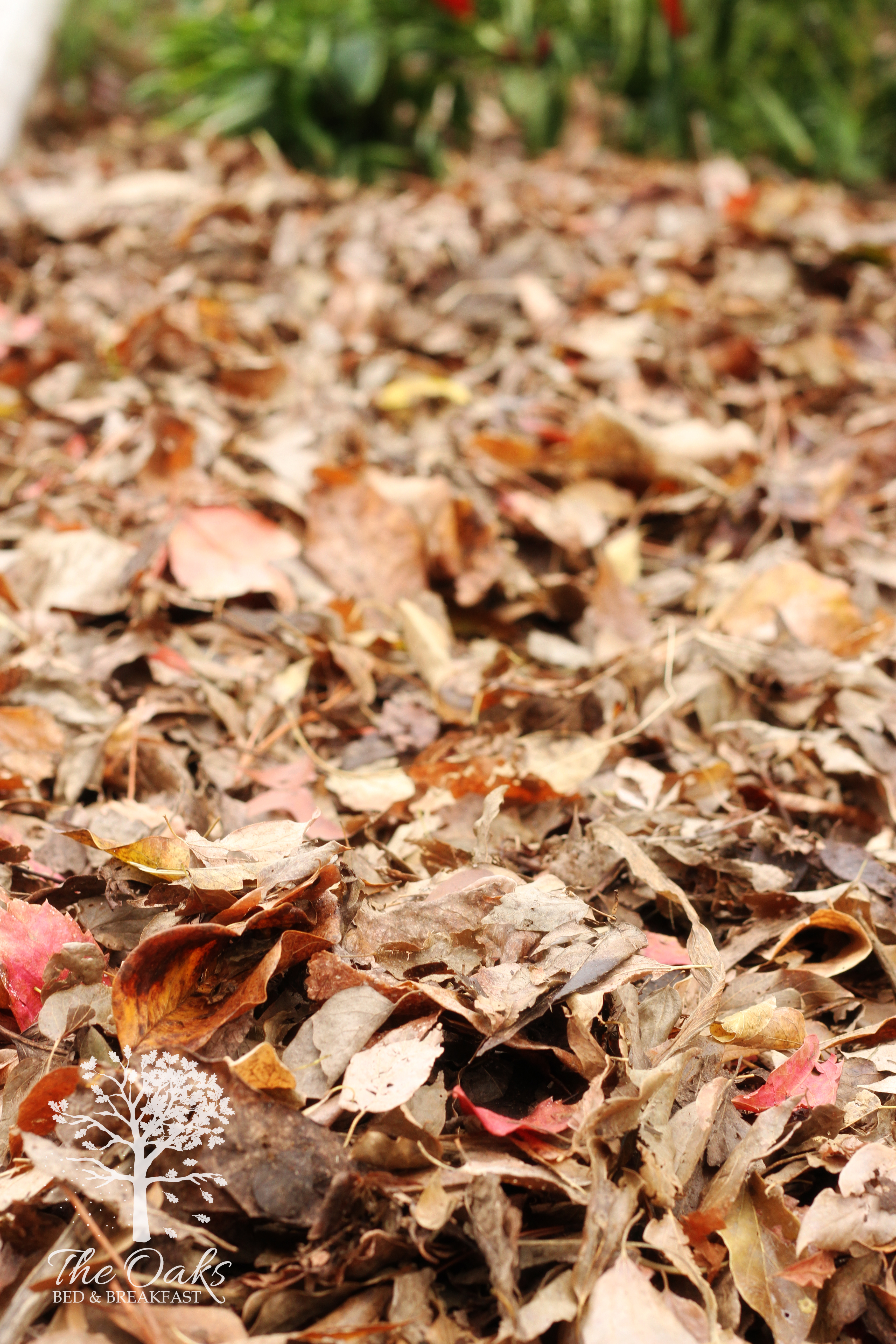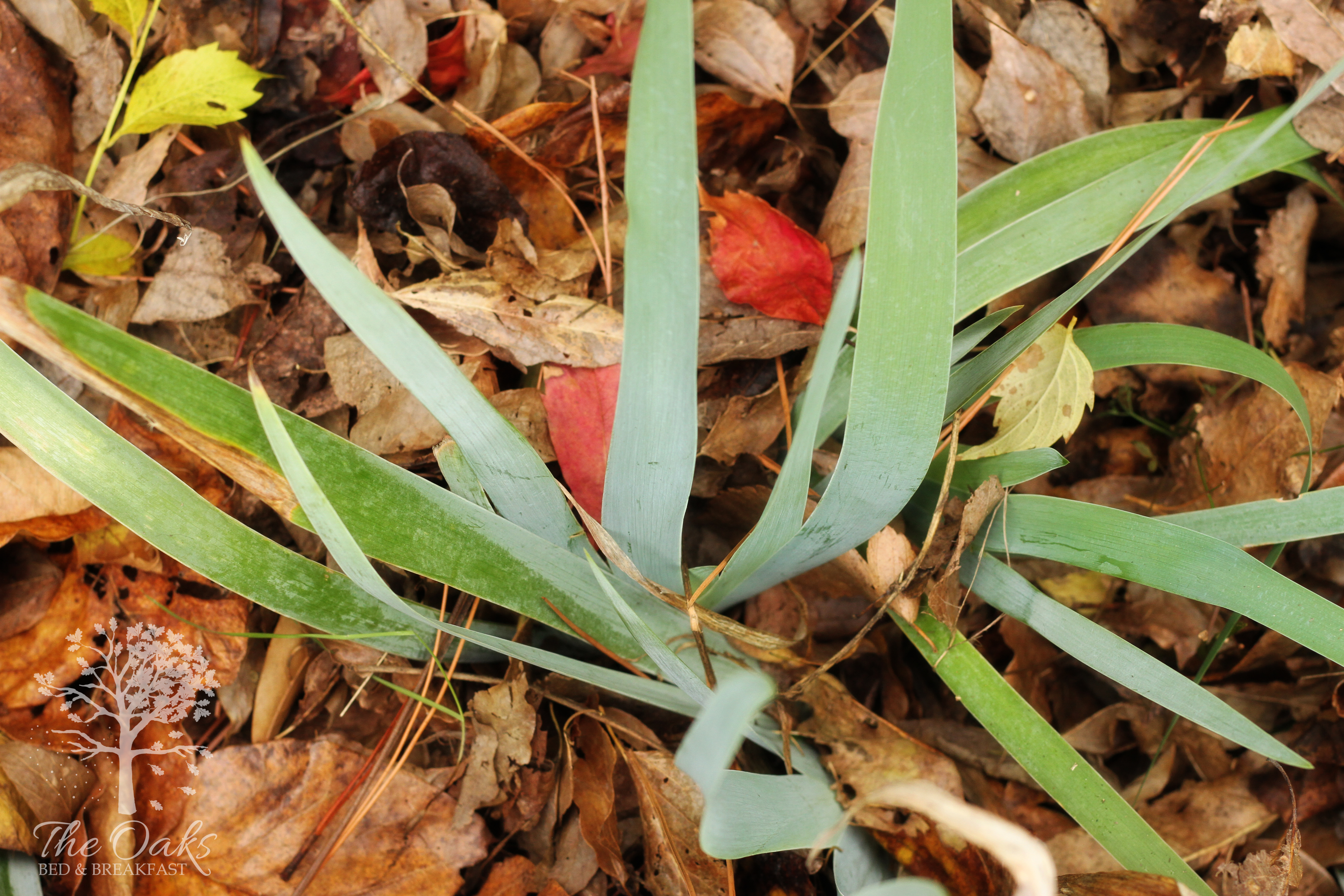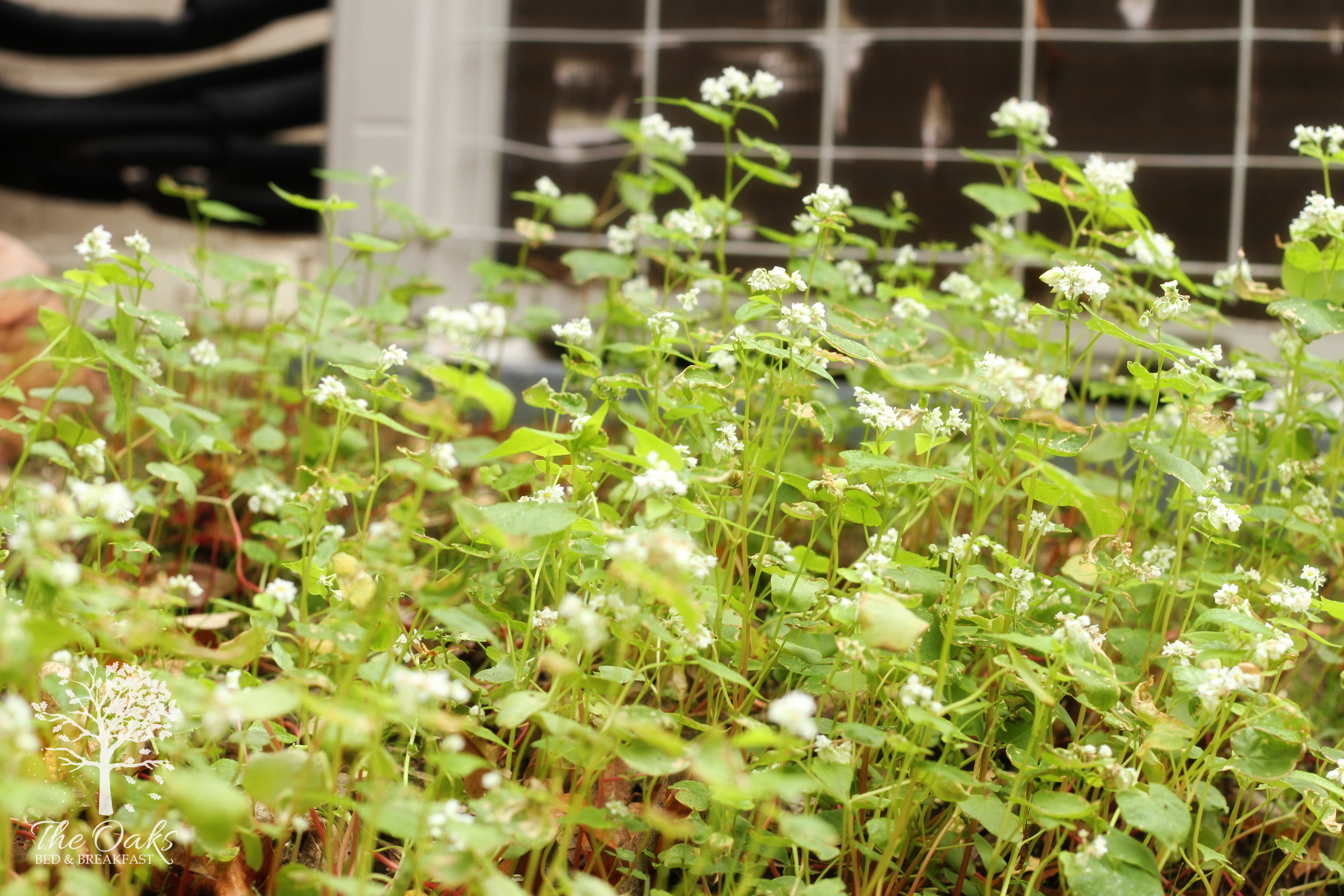Life’s Flavors: How to Winterize your Garden By Allison Libby-Thesing Of The Oak’s Bed & Breakfast
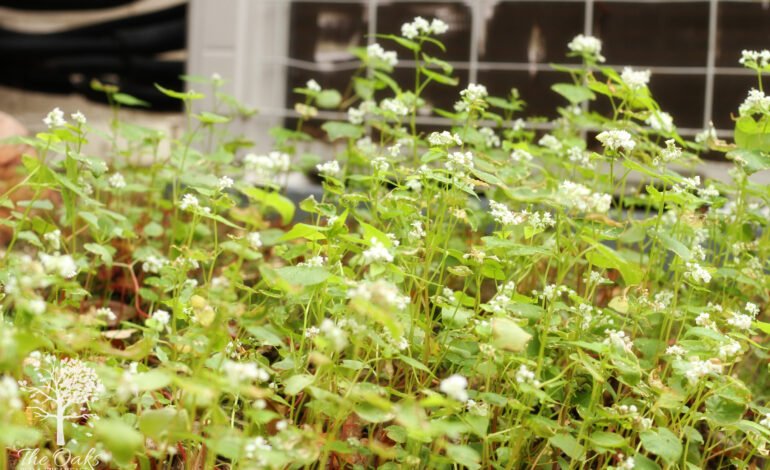
Fall is the perfect season to prepare your garden beds for the winter. There are many different ways you can overwinter your garden and I am going to outline just a few. First off give yourself a pat on the back for a successful garden this year. All your hard work paid off and you provided food for your family, friends, and neighbors. Let’s work together to make next year’s garden even better.
Today let’s start with items that will stay in the ground and come back next year without too much fuss. For any plants, flowers, trees, or shrubs that stay in the ground, giving them a“warm”top layer is key. This top layer will not only help to keep your plants warm but will also feed them and help retain water during the winter months. Adding in a top layer of compost, wood chips, pine needles, leaves, or some combination of the two, as mulch, will add nutrients back into the soil while at the same time add protection to your plants as they hibernate for the winter. Do not make the mistake of trimming your trees and evergreens in the fall or early winter. The only items to trim off would be dead branches that could fall or break during a heavy ice or snowstorm. For those plants that will not tolerate the storm well, you can cover with a burlap sack or sheet. Be sure to stake it down, otherwise it might blow off and your hard work would be for naught.
For your vegetable garden bed there are a couple of choices you can make when winterizing your beds.Start by pulling everything out and clean up any weeds that might have encroached on the area, then cover it with a good layer of mulch. This mulch will serve as a barrier for new weeds to enter your beds and provide nutrients back into the soil. The best part about using organic materials is that when it comes time to replant in the spring your soil will be that much heathier, and you only need to mix in the material on top with what is already in your garden, along with additional compost.
Another option for your beds is to actually plant a winter crop. We have used buckwheat and rye in the past to add additional nutrients that are not normally found in the soil. Buckwheat has been known to add phosphorus and some minor nutrients, such as calcium that are otherwise unavailable to crops. As it breaks down in the spring the buckwheat releases these nutrients to later crops. The roots of the plants produce mild acids that release nutrients from the soil.We are currently using buckwheat to help change the composition of some soil on our property that has not had much luck with holding and sustaining plant life.Rye increases the concentration of exchangeable potassium (K) near the soil surface, by bringing it up from lower in the soil. Both are great options.
If you are growing your garden in pots, clean them all out well from pervious plantings and let the soil rest with some healthy mulch on top. Since it’s a smaller space letting the pots“rest”is a great way to have a head start in the Spring. You can also add compost at this point in the process then cover it with mulch. In the Spring your pots will be ready for early plating. Mix everything back in and begin the process again.
If you plan to use your garden for winter planting, be sure to have a hoop house of some sort of warmth and protection from the weather. You can add a simple hoop house made of PVC pipe and hardy plastic cover that can be easily raised from any side to access your winter veggies. We like to grow greens, broccoli, kale, radish, and other root vegetables during the winter.
No matter what you choose to do with your garden during the colder months, it’s always good to be prepared for any weather. Do not forget to winterize your water source. Turn it off at the faucet bib and place a receptacle over top to help prevent freezing. If you leave your water timer on your faucet, be sure to reset it or turn it all the way off to prevent an accidental freeze. Water is just as important to deal with as your garden beds. Leaving a water site unattended could lead to costly repairs, so check each spot you have water going towards and turn them off.
Let us know how your garden did this year and share with us your “crop”pictures. We would love to see what you grew and how you enjoyed your garden.
By Allison Libby-Thesing







